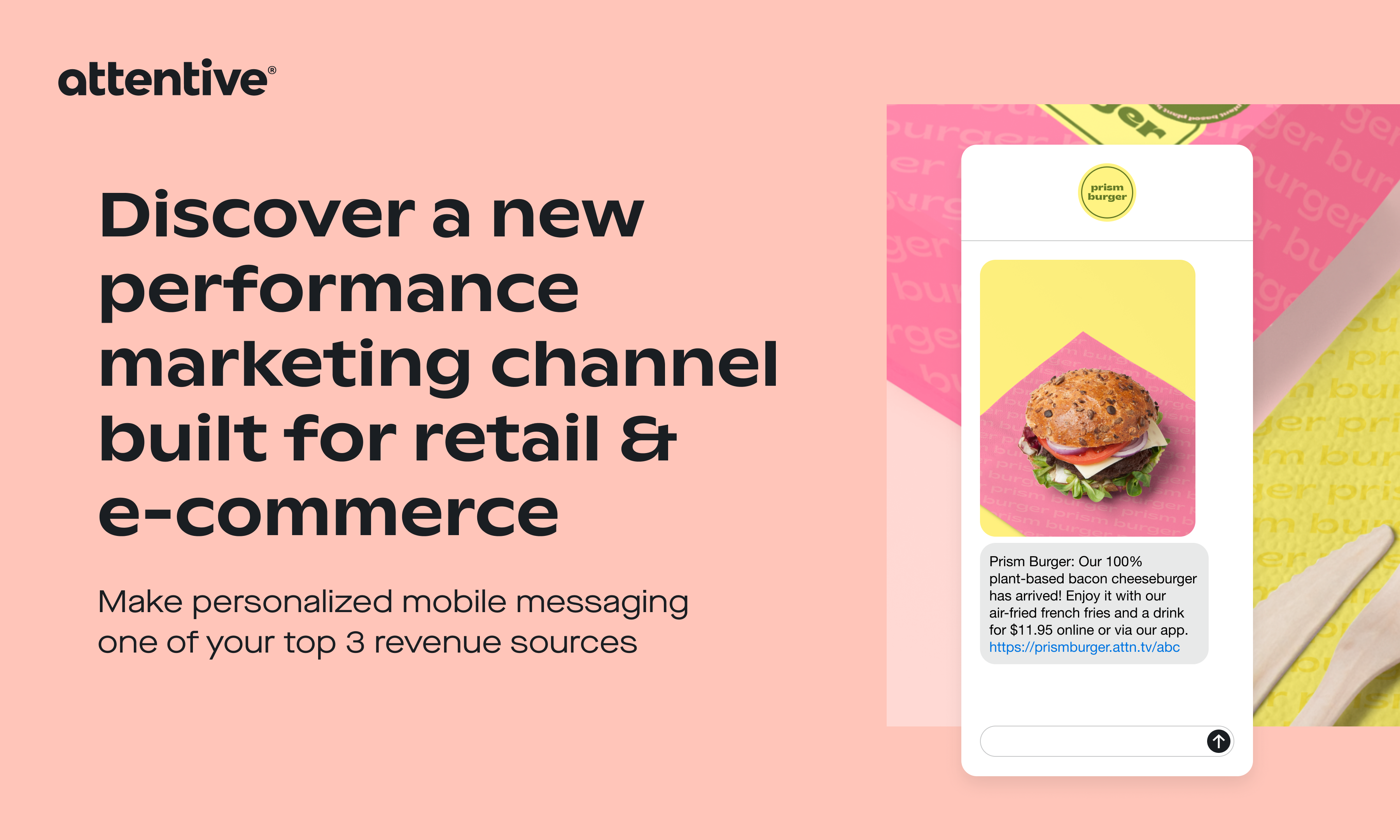One of the main purposes of a car dealership website is to collect leads, or people who are likely, or at least looking, to buy a car.
To collect leads, dealers use forms. But over the span of ten years, DealerOn's legacy forms management system became cluttered and unmanageable with too many bandaid solutions.
Project status: building with go to market date at end of October

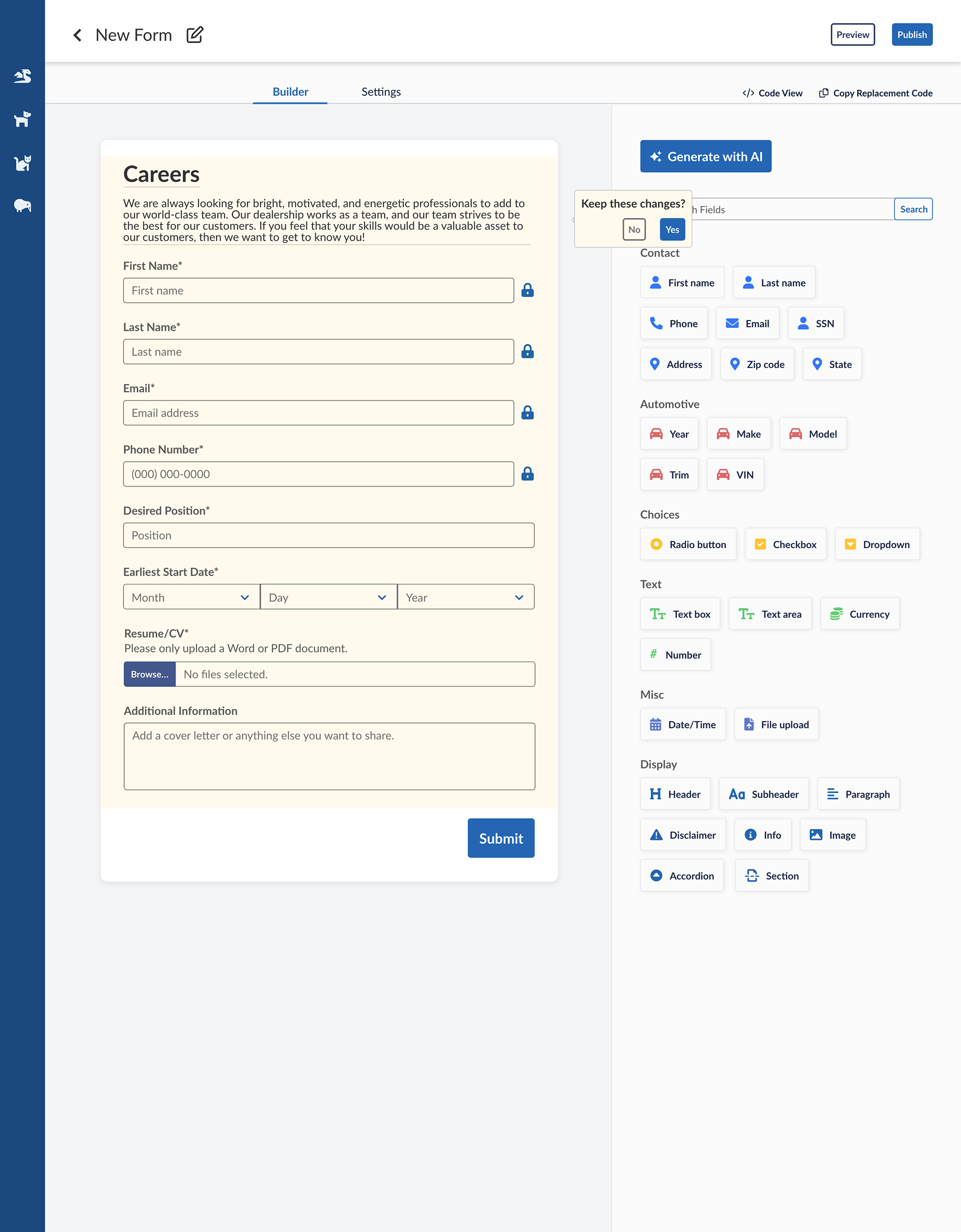
At first, the team didn't have the clearest understanding of the main problem. They thought a project named "Custom Forms" would focus on the ability to create new, unique forms that dealers can put on their websites. But the main pain point for our internal teams was not being able to edit existing forms.
Once we spoke to stakeholders, we quickly realized this and pivoted directions.
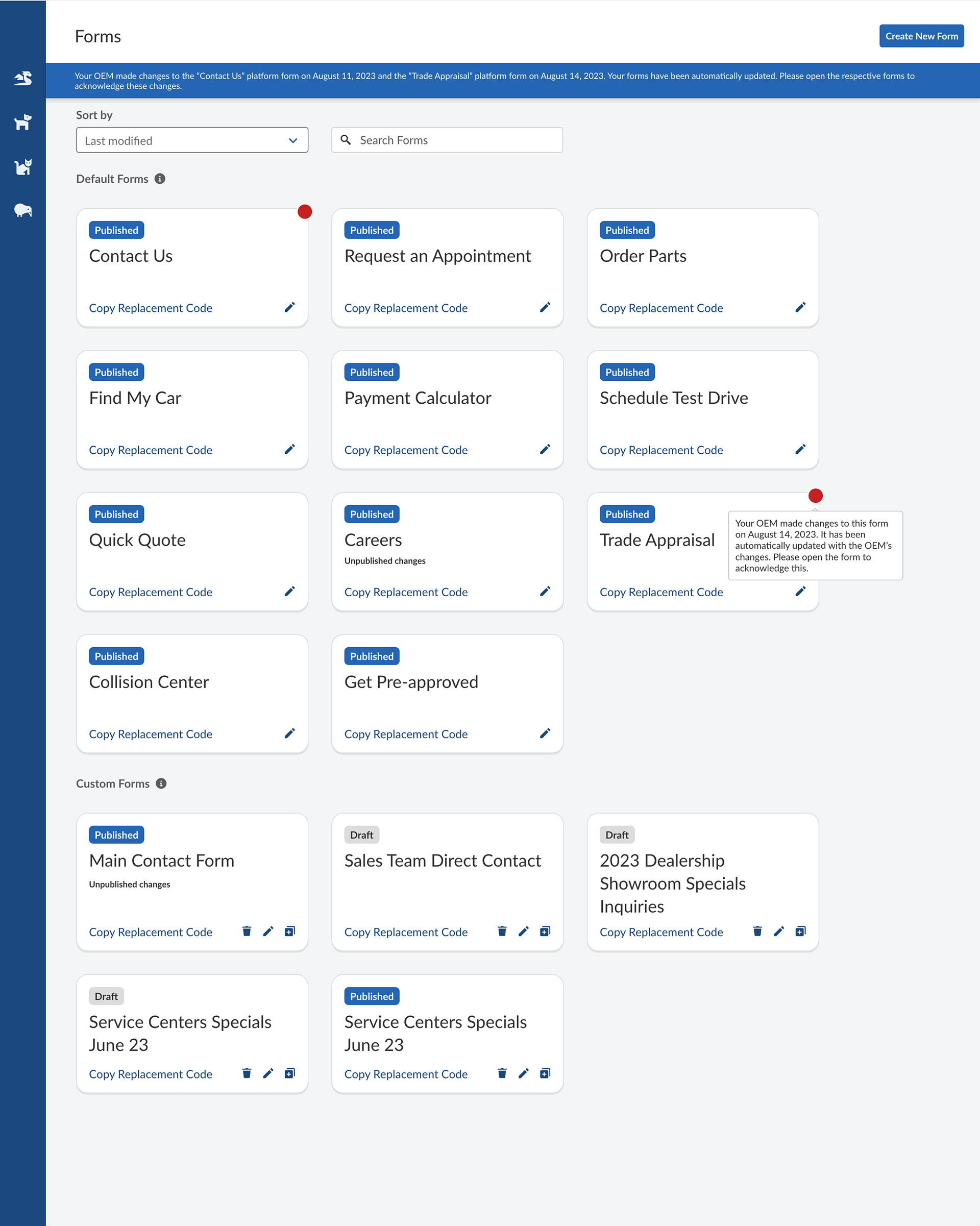
I joined the Forms project midway through to take over the UX design. I reviewed the project brief in depth, spoke with the secondary UX designer and PM to understand the project, and made hi-fi mockups as my first deliverables.
A meeting with a longtime internal stakeholder revealed my team hadn't known about the true pain point: the monstrosity that was the forms management solution.
He said our current solution wasn't going to solve the bigger issue, which was the inability to edit platform forms. He said,
“I’ve waited 13 years. If it takes 1 more year that’s fine. I don’t feel confident [in this current solution]. After all this time, just to do that doesn’t seem like proper path.”
We reconsidered our project strategy to incorporate platform forms. We met with more and more stakeholders to understand how and why they use forms. I worked with the PM to gather all the 4,000+ form-related Jira and Salesforce tickets I could find into a spreadsheet and analyzed them to find the most common customer requests.
Many customers just wanted to make a field required. Imagine creating a whole new custom form on a whole new custom page just for that.
But the form builder itself still needs work. It needs to be contemporary, even cutting edge, to outpace DealerOn's competitors. So we're implementing a generative AI tool along with drag and drop functionality.
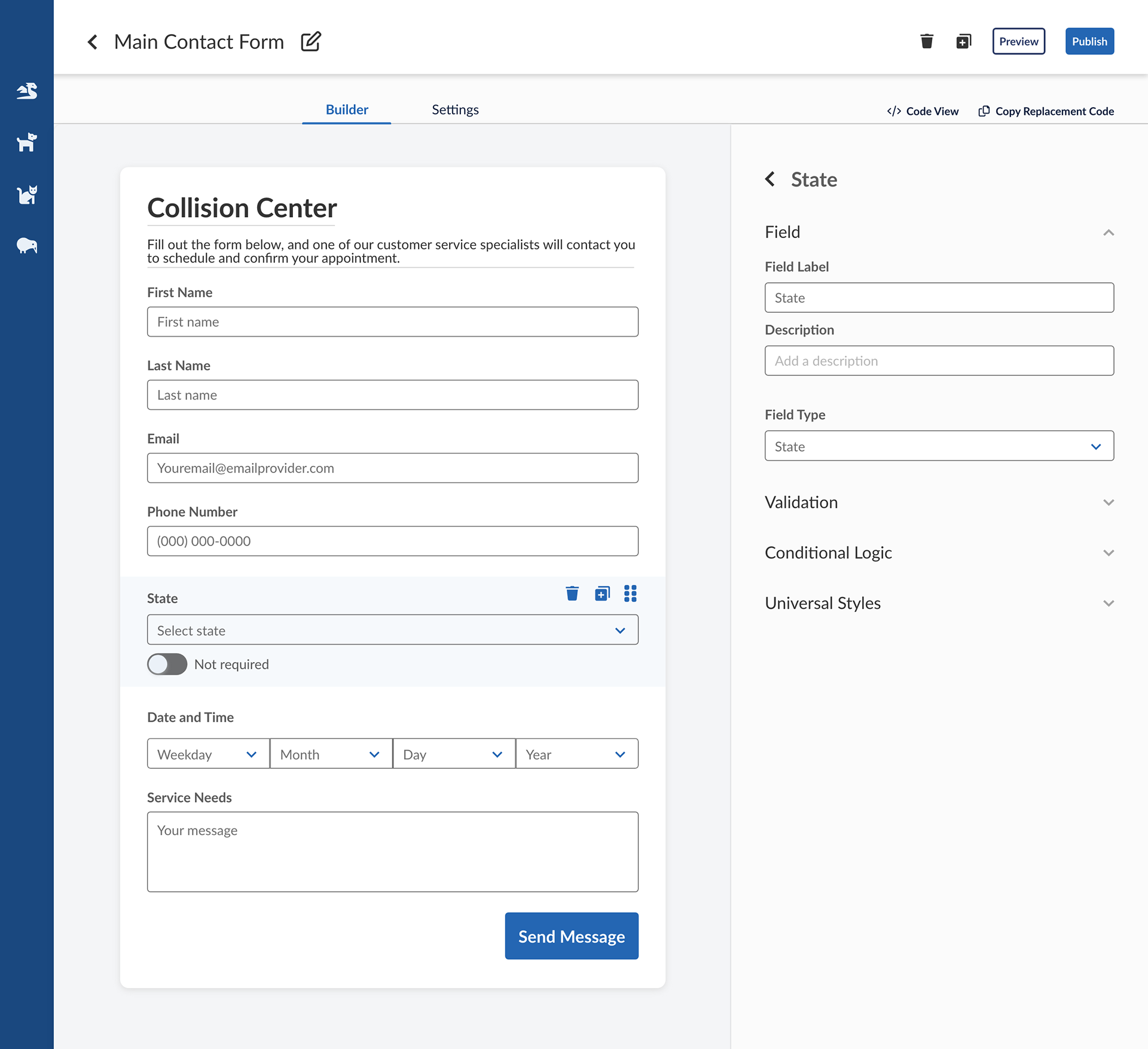

In the automotive industry, lead collection is the name of the game. Websites host forms. Forms collect leads. Leads (potentially) make money.
“Most sales specialists aim to find leads, who are individuals with the potential to become customers. One popular way to find and organize sales leads is to use a lead capture, which is a form that gathers information about individuals who might be effective leads.” —Indeed
One of the main purposes of a car dealership website is to collect leads, or people who are likely, or at least looking, to buy a car.
To collect leads, dealers use forms. Dealers can find out a lot about a person through just their first name, last name, and email. They can easily find out how much money you're likely to owe for your current car, and therefore how much money you're likely to spend on a new (or used) car.

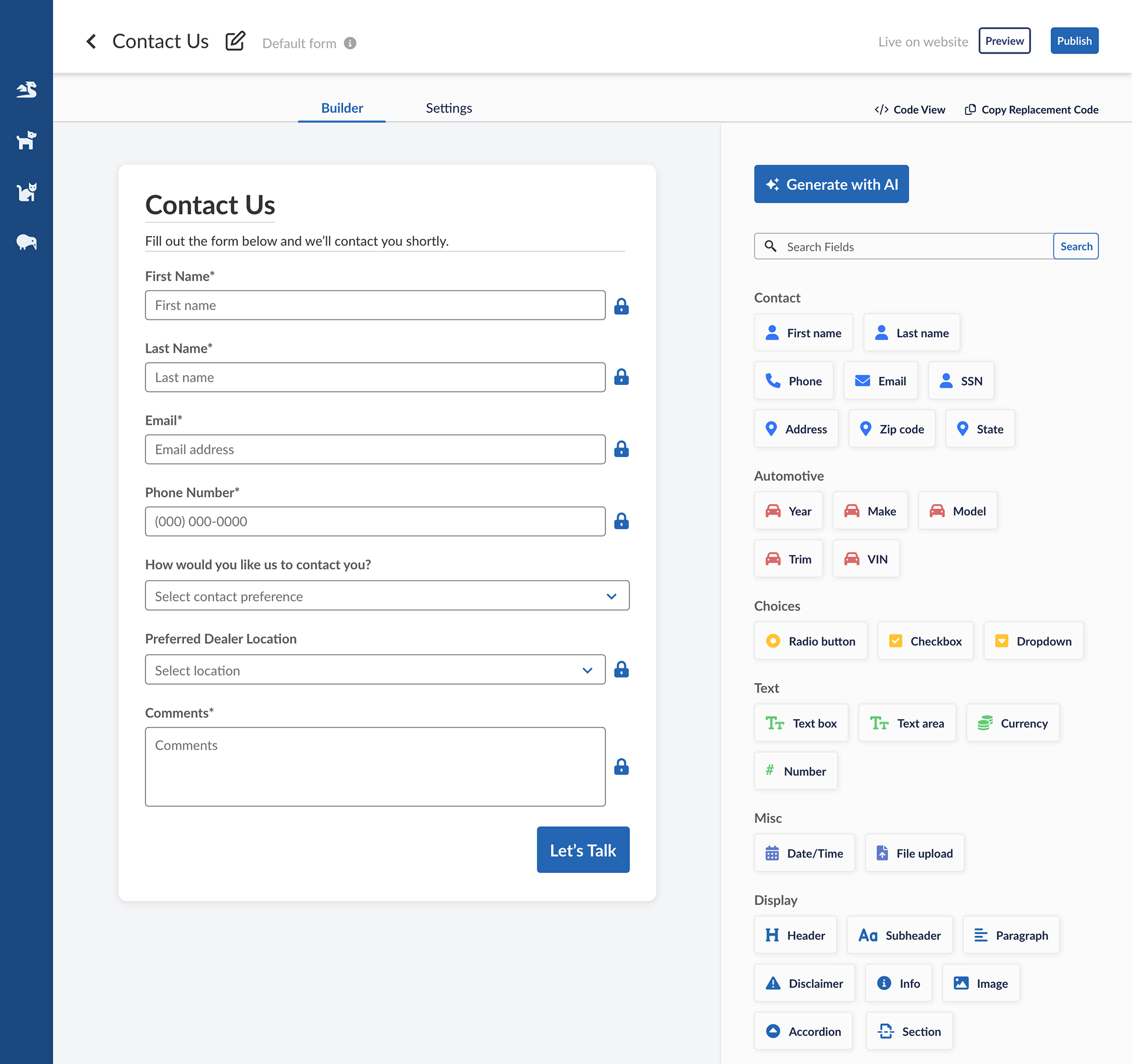
With the current system, users expend a disproportionate amount of effort to edit existing forms.
Many car manufacturers (OEMs) provide dealerships with free websites via companies like Dealeron. Dealers must comply with the standards their OEMs set, or else the OEM might stop footing the website bill.
Many parts of dealers' websites are standardized, such as how prices are displayed, how leads are collected, and how forms are configured.
"Platform pages" are default pages on every DealerOn site. A few examples are the Inventory, Schedule an Appointment, Our Team, and Contact Us pages. Many of these platform pages house "platform forms." A Contact Us platform page will have a Contact Us platform form where customers can enter their first name, last name, email, phone number, and comments.
Sounds restricting? A lot of dealers agree.
Many dealers want to add new fields to their standard Contact Us form to include things like the customer's desired make and model. However, they can't change the Contact Us platform form without jumping through a lot of obscure hoops. In the worst case, they have to create an entirely new custom form and host it on an entirely new custom page.
To make things worse, DealerOn's current form builder only lets users export the form as HTML and doesn't allow saving or managing forms. So there's no good way to pick up where you left off unless you know HTML.
Some DealerOn users manage many websites under a single OEM, so if they need to add a form on 100 different websites, they have to build a custom form and paste that code 100 times. And they'd better hope they don't have to make any changes to the form, because then they'd have to build a completely new custom form and paste that code 100 times again.
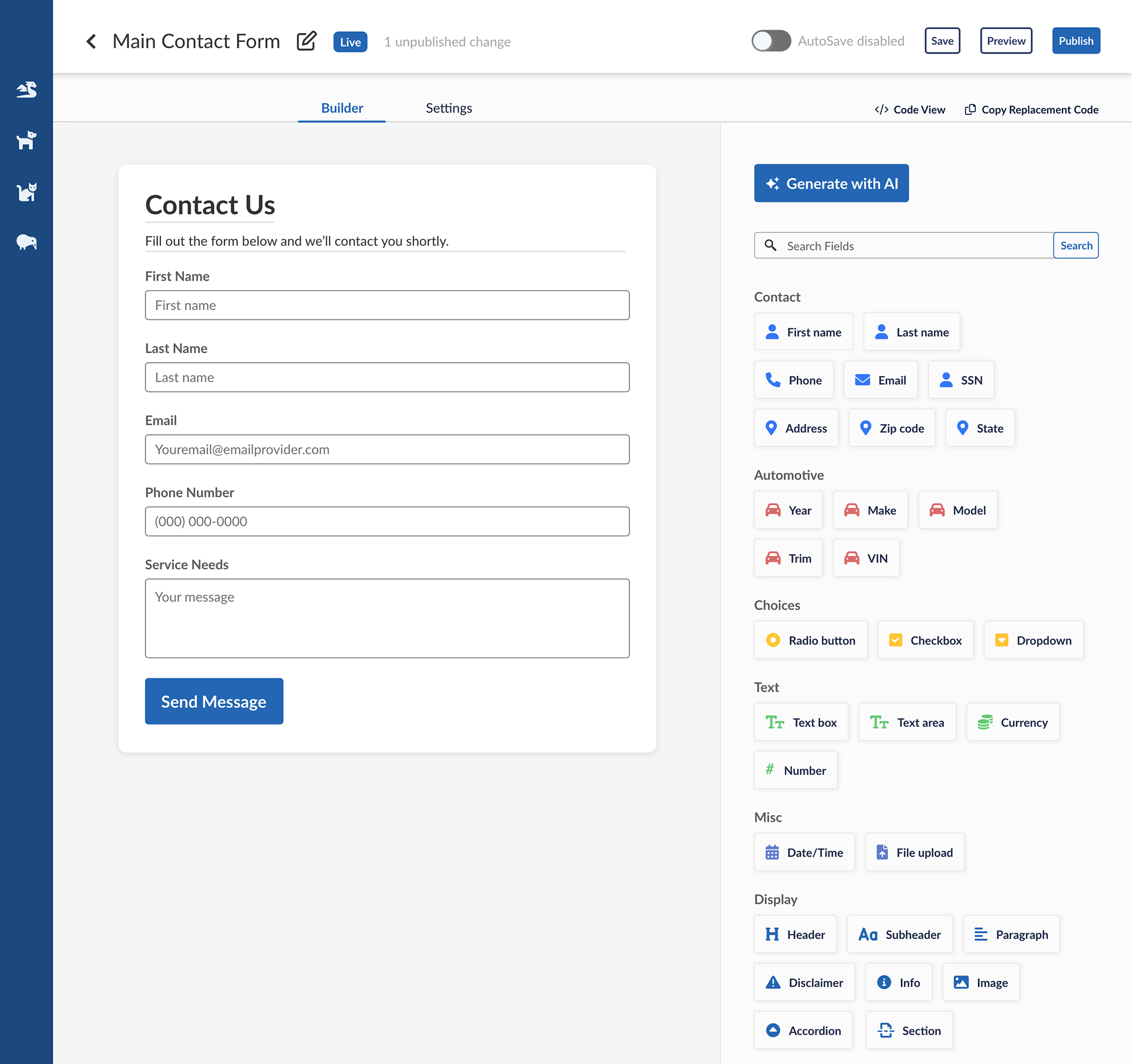
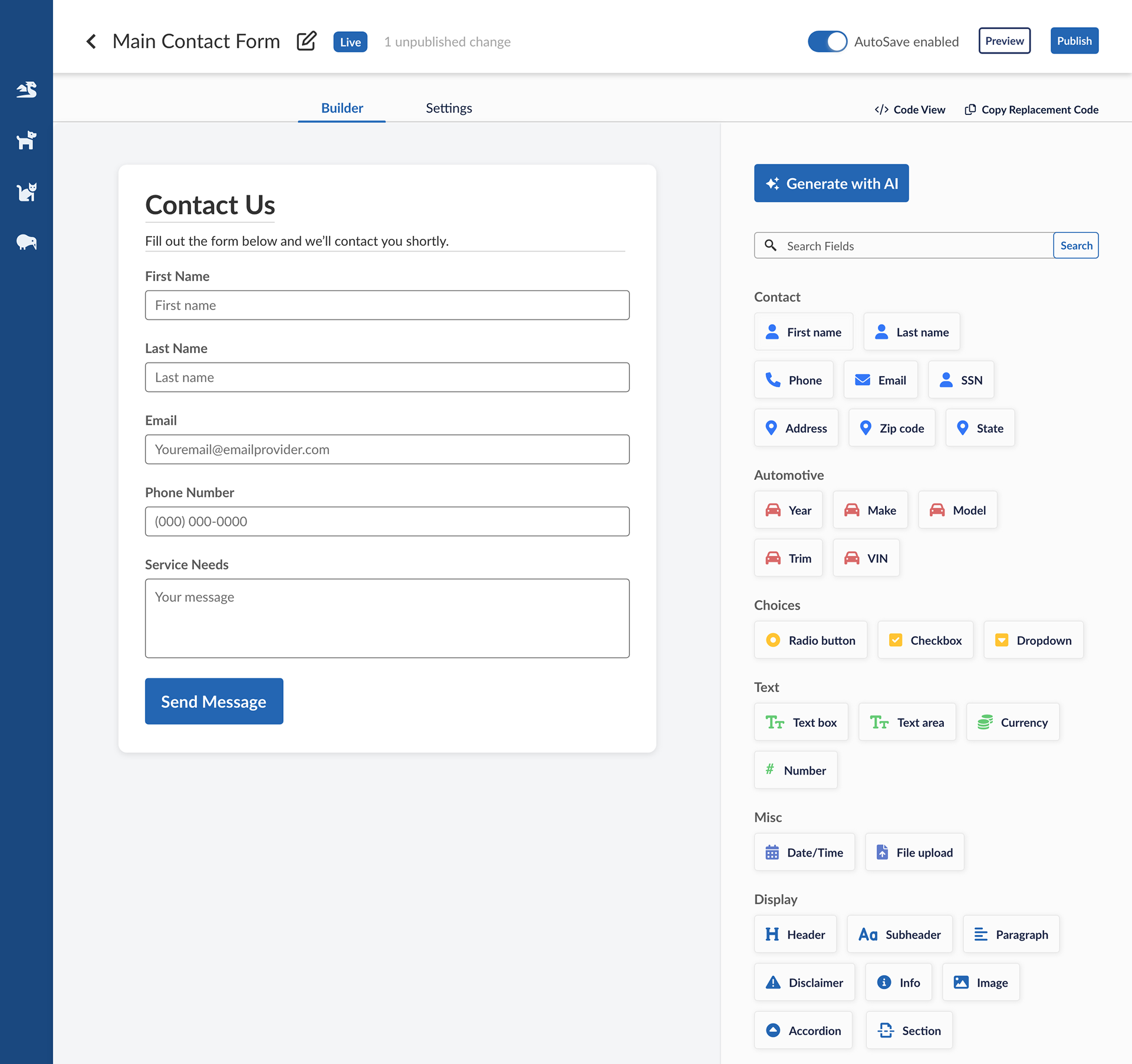
I've created countless wireframes, prototypes, and documentation to show the ins and outs of the form builder and forms management system. I've worked on concepting and wireframing for the generative AI tool for the next iteration of the form builder. I've conducted usability testing and will conduct UAT testing closer to launch.
The project is currently being built by our lovely engineers. I've enjoyed working with them and am excited to ship the first iteration.


Roles
UX Designer: me
Secondary UX Designer (project brief, concepting, requirements, initial mocks, not pictured): Sierra Willenburg
PM: Javier Urbina
